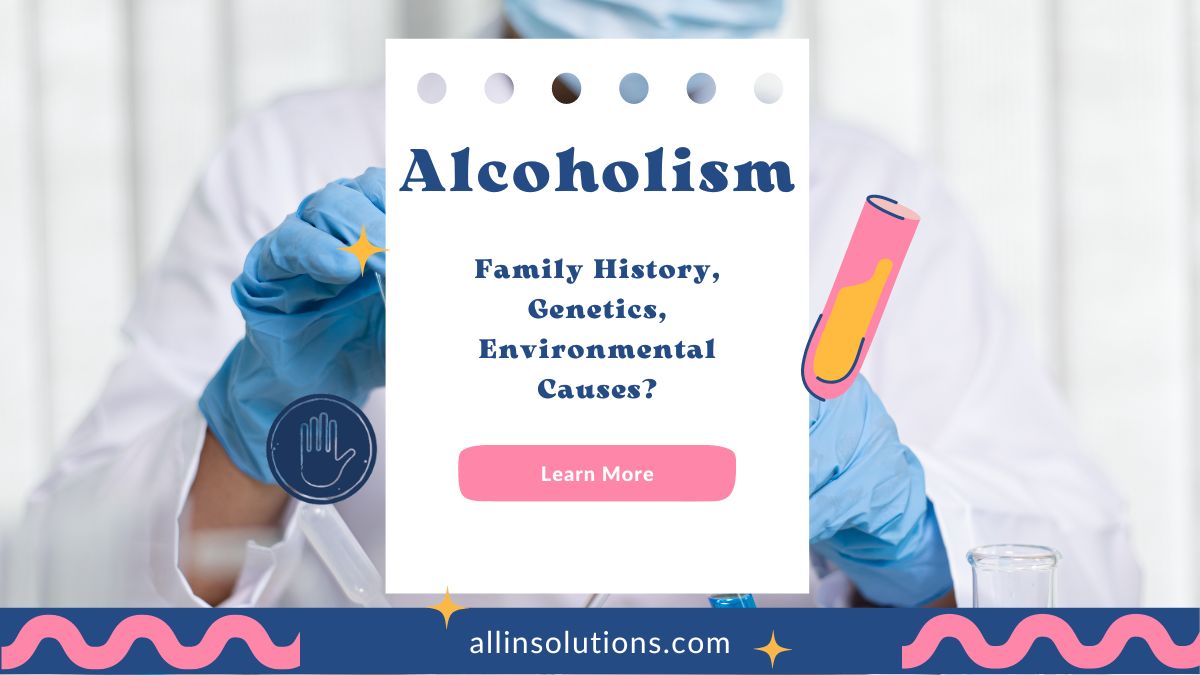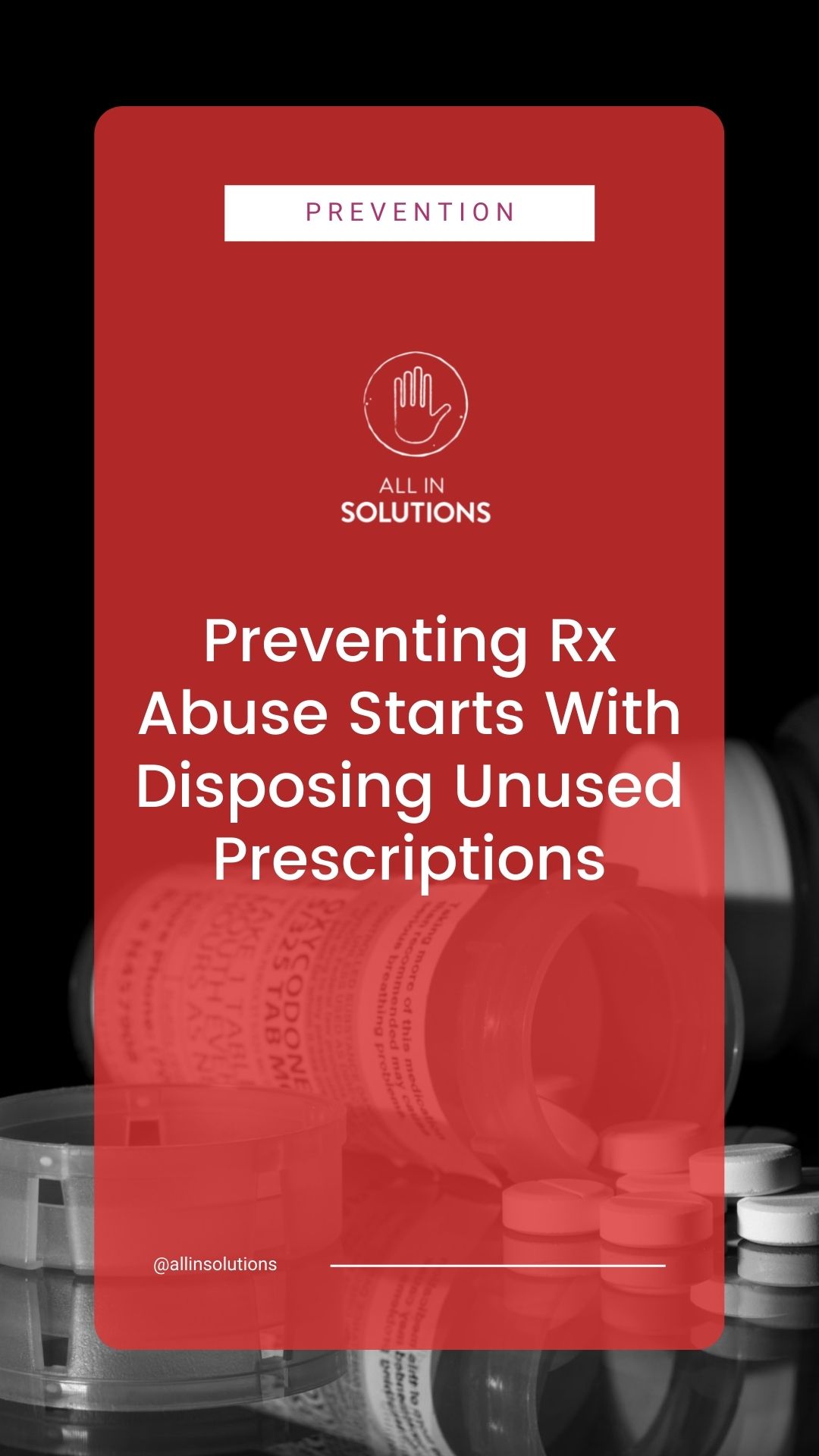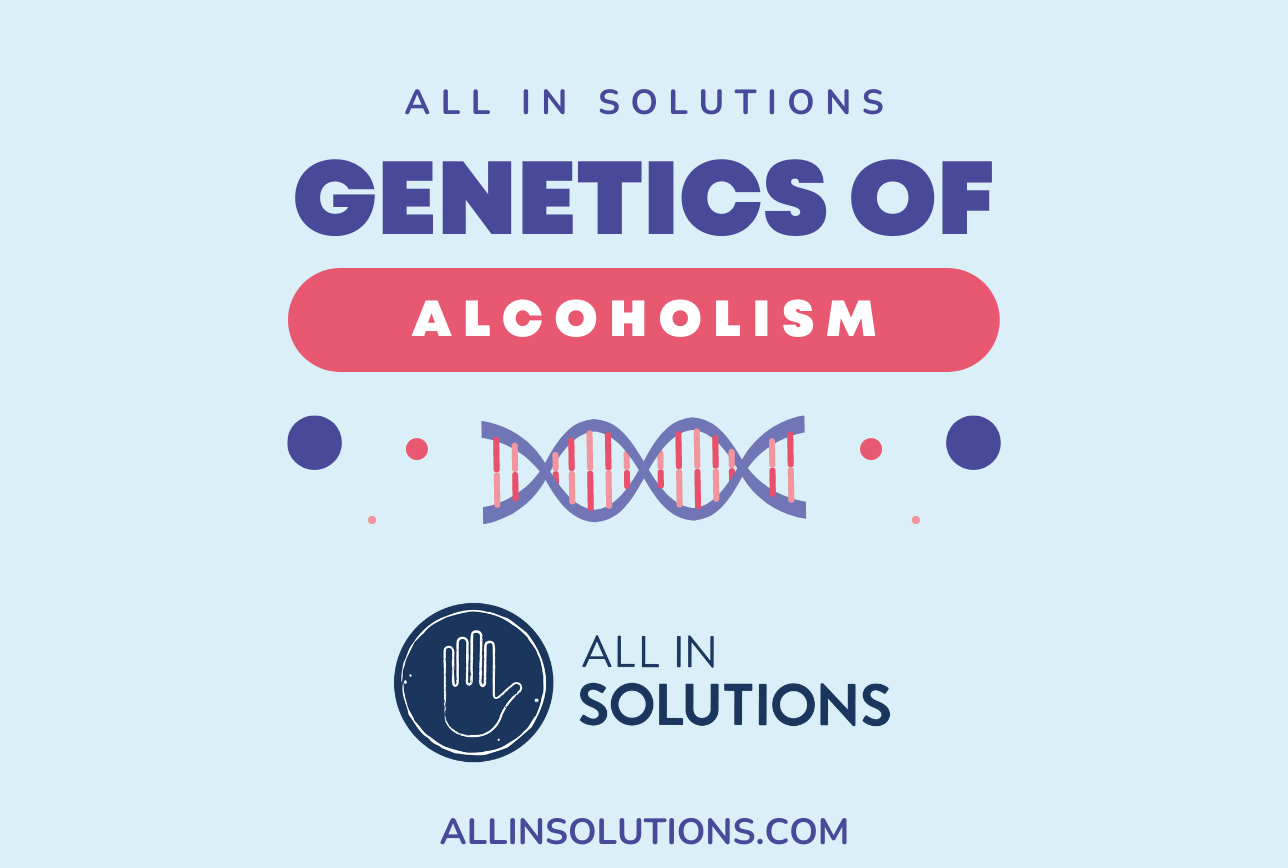Why Do Some Develop Drug & Alcohol Addiction While Others Do Not?
One of the most important questions regarding addiction is why it is only a problem for certain individuals. The brain changes caused by addiction don't change in the same way for all people who use drugs or alcohol. There are a variety of reasons that are not fully understood there are some people who are able to consume alcohol or drugs with moderate frequency and not experience addiction or even milder disorders, while others -- between 4-23 percent based on the substance -- go from experimenting with a substance to developing a disordered use of substances.
Risk Factors
Understanding the causes that increase the likelihood of substance abuse (risk factors) and the factors that provide some level of protection against the dangers (protective elements) and making use of this information to develop strategies that help steer people away from using substances are the primary goals of prevention research. While research has revealed a high genetic basis for substance use disorders We now know that family, individual as well as community and environmental risk factors play a significant influence on both the misuse of substances and addiction disorders. Being raised in a family where parents or other family members use alcohol or other drugs such as alcohol, increases the chances for a child to try the substances and develop a substance-use disorder. Being in areas and attending schools where the use of alcohol and drugs is prevalent, as well as having people who are addicted to substances are risk factors too.
Another significant risk factor is the age of first use. The earlier people begin to experiment with drinking or using drugs the more probable they will develop a disorder. For instance, those who drink their first drink before 15 years old will be four times as likely to be addicted to alcohol at one point during their lives than those who first drink when they are 20 or over. 70% of people who attempt to use an illicit substance prior to the age of 13 will develop a substance-use disorder within the next 7 years, as opposed to 27 percent of those who take an illicit drug after age 17. While substance abuse issues can be more severe later in life, the prevention of or even stopping young people from trying drugs is crucial to reduce the chance of developing more severe problems later.

Prevention
Prevention programs are also designed to strengthen or enhance protective factors giving people the strength to prevent the use of substances. Being able to have solid and positive family ties and connections with friends as well as being emotionally healthy and feeling like one is in control of one's achievements or failures all are good elements. Being content with the way one lives as well as having a belief in the future as bright and emotional resilience are additional examples of factors that protect.
With the overwhelming trend for use of drugs to begin in adolescents (ages 12-17) and peak in young adulthood, many prevention strategies are targeted at adolescents as well as young adults. But, successful prevention practices, as well as programs, are being created throughout the life span from childhood until adulthood. It's not too early nor too late to avoid abuse and related problems. There are a growing number of programs that are designed to decrease risks and improve protection factors that have been scientifically evaluated and have shown improvement in the effects of substance abuse and other related outcomes. They include programs that are appropriate for all age groups (including the early years of childhood) as well as for specific race and ethnic groups as well as for groups that are at the highest risk of consuming substances, for example, youth who are involved in the justice system for the criminal. These interventions could focus on the entire small group (universal intervention) or focus specifically on vulnerable individuals (selective intervention).
It is important to note that interventions at the policy or environmental level are also efficient in reducing the use of alcohol. It has been demonstrated by alcohol consumption (especially among minors) and associated issues like drinking and driving. The increase in alcohol prices; the restriction of the location, time, and who alcohol can be sold to; increasing the legal age for purchase; and increasing the enforcement of existing laws relating to alcohol, like lawful drinking limits of minimum (MLDA) that is 21 as well as laws to stop driving while impaired by alcohol, have effectively reduced negative outcomes associated with alcohol when they've been put in place. Taxes on alcohol have also been shown to lower drinking alcohol. With a rising number of states permitting marijuana use for recreational or for therapeutic reasons the research continues to understand the consequences of these changes as well as policy options that can mitigate any potential risks, including an increase in use among teenagers as well as impaired driving.
The evidence-based prevention strategies can tackle a range of possible issues beyond addiction to drugs. Drug and alcohol use for adolescents typically form part of a wider spectrum of behavioral issues that include mental disorders, risky or criminal behaviors, and problems at school. A variety of interventions address the causes of the issues and provide positive results across these domains which makes them effective and, often very efficient investments that result in lower health care costs and law enforcement costs, as well as other costs for society.
In summary: Prevention works. However, it should be based on evidence as well as a requirement for ongoing investment in infrastructure and resources in order in order to make sure that the prevention strategies and programs can be carried out in a sustainable, consistent, and with sufficient scale to reap the benefits of less substance abuse and its repercussions in communities.


